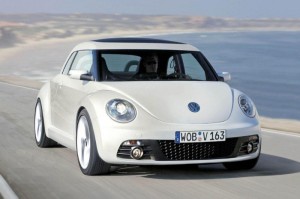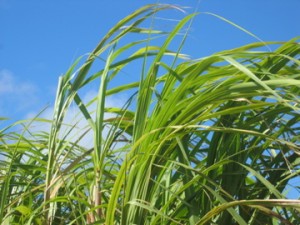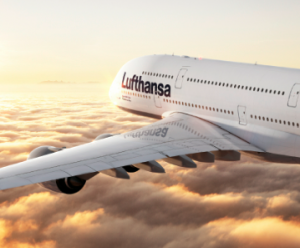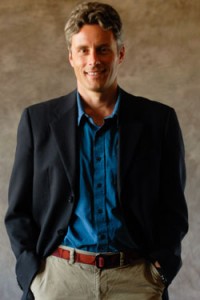 Crosby, Stills & Nash, Jackson Browne, Bonnie Raitt, Jason Mraz, The Doobie Brothers, Tom Morello, John Hall, Kitaro, Jonathan Wilson, Sweet Honey in the Rock, and special guests are coming together for a special benefit event on Sunday, August 7, at Shoreline Amphitheatre in Mountain View, CA. Proceeds from the concert will be distributed to Musicians United for Safe Energy (MUSE) to support Japan disaster relief efforts, and organizations worldwide working to promote safe, alternative, non-nuclear energy. The presenting sponsor VantagePoint Capital Partners is the leading global investor in energy innovation and efficiency. The show will begin at 3 PM. Children 10 and under admitted free on the lawn with an adult ticket. Tickets are on sale at Livenation
Crosby, Stills & Nash, Jackson Browne, Bonnie Raitt, Jason Mraz, The Doobie Brothers, Tom Morello, John Hall, Kitaro, Jonathan Wilson, Sweet Honey in the Rock, and special guests are coming together for a special benefit event on Sunday, August 7, at Shoreline Amphitheatre in Mountain View, CA. Proceeds from the concert will be distributed to Musicians United for Safe Energy (MUSE) to support Japan disaster relief efforts, and organizations worldwide working to promote safe, alternative, non-nuclear energy. The presenting sponsor VantagePoint Capital Partners is the leading global investor in energy innovation and efficiency. The show will begin at 3 PM. Children 10 and under admitted free on the lawn with an adult ticket. Tickets are on sale at Livenation
“The disaster in Fukushima is not only a disaster for Japan. It is a global disaster. We come together now across cultural boundaries, political and generational boundaries, to call for changes in the way we use energy, and in the ways we conduct the search for solutions to the problems facing humanity,” says Jackson Browne. “We join with the people of Japan, and people everywhere who believe in a non-nuclear future.” “From solar power plants and next-generation wind turbines to energy-efficient LED lighting and electric vehicles, we see technology innovations solving our most important energy needs,” says Alan Salzman, Managing Partner of VantagePoint Capital Partners, a global leader in funding the transformative energy companies of the 21st century. “We join with the many artists involved in this concert to raise funds for the Japan disaster relief efforts and call for sensible and clean energy solutions.”
It was shortly after the March 2011 earthquake and tsunami that triggered multiple meltdowns at the Fukushima Daiichi nuclear plant in Japan that the decision was made to coordinate a benefit. Shoreline Amphitheatre was chosen because of its close proximity to the Pacific Rim, Northern California’s history and deep association with Japan. “The MUSE concert will not only be a great show, it will hopefully entice the public to become better informed of the tremendous dangers of nuclear power,” says Graham Nash. “We have to keep real and true information flowing so that people can act on it.” “We’re so lucky to have been able to bring back some of the original MUSE team to collaborate with some new and younger artists for MUSE 2, so that we can immediately help with the Japan relief effort and raise funds and awareness for the no nukes issue,” says Bonnie Raitt. “I’m excited to be a part of this important and truly collaborative effort. It’s going to be a very special, one of a kind event.”
The concert stage will be powered by an integrated system of clean, alternative energy sources, using solar, biodiesel, and wind technologies. The energy-saving GRNLite LED lighting rig for the show has been donated by Bandit Lites, and Schubert Systems has donated the sound rig. In addition, Shoreline is the largest Green certified concert venue in the United States and is a founding member of the Green Music Group. One goal is that the concert will inspire musicians in other areas to organize shows that both employ and promote safe energy alternatives, and that raise funds for disaster relief efforts and for groups—local, regional, national, and international alike—advocating non-nuclear programs and initiatives.
 Panda poop contains bacteria with potent effects in breaking down plant material in the way needed to tap biomass as a major new source of “biofuels” produced not from corn and other food sources, but from grass, wood chips and crop wastes, scientists reported today at the 242nd National Meeting & Exposition of the American Chemical Society (ACS).
Panda poop contains bacteria with potent effects in breaking down plant material in the way needed to tap biomass as a major new source of “biofuels” produced not from corn and other food sources, but from grass, wood chips and crop wastes, scientists reported today at the 242nd National Meeting & Exposition of the American Chemical Society (ACS).












